Introduction
The world of tea is a realm of nuanced flavors, historical traditions, and cultural significance. Among the myriad types of tea, pu-erh stands out as a category revered for its complexity and aging potential. Within pu-erh, two terms often confuse enthusiasts: tea fossil (also known as “cha tuo”) and tea head (or “cha tou”). While both are byproducts of the pu-erh fermentation process, they differ significantly in their origins, production methods, and characteristics. This article delves into the distinctions between tea fossil and tea head, exploring their definitions, production processes, sensory profiles, and cultural contexts. By understanding these differences, tea lovers can appreciate the artistry and science behind these aged treasures.
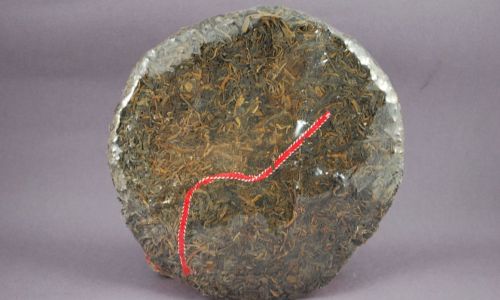
Definitions and Origins
Tea Fossil (Cha Tuo)
Tea fossil, or cha tuo, is a term used to describe compressed pu-erh tea that has undergone extensive aging, often exceeding a decade. The name “fossil” alludes to its resemblance to ancient artifacts, with a dense, stone-like texture formed through prolonged fermentation and oxidation. These teas are typically made from broad-leaf tea varieties, primarily grown in China’s Yunnan Province, the birthplace of pu-erh. The aging process transforms the tea’s chemical composition, resulting in a mellow, earthy flavor profile with hints of dark chocolate, camphor, and damp wood.
Tea Head (Cha Tou)
Tea head, or cha tou, refers to small, irregularly shaped nuggets of tea that form naturally during the fermentation of ripe pu-erh (shou pu-erh). Unlike tea fossils, which are intentionally compressed and aged, tea heads emerge as a byproduct of the wo dui (wet piling) process. During this fermentation stage, microbial activity causes tea leaves to clump together, forming dense, marble-sized lumps. These lumps, or “heads,” are sifted out and often aged separately, developing a unique sweetness and smoothness.
Production Processes
Tea Fossil Production
The creation of tea fossil begins with the selection of mature pu-erh leaves, which are sun-dried, pan-fried, and rolled. The leaves are then steamed and compressed into dense molds, such as discs (bing), bricks (zhuan), or mushrooms (tou cha). The compression process initiates slow fermentation, but the true transformation occurs during aging. Tea fossils are stored in controlled environments with fluctuating humidity and temperature, encouraging microbial activity and enzymatic breakdown. Over years—or even decades—the tea’s tannins soften, and its flavor deepens.
Tea Head Formation
Tea heads form spontaneously during the wo dui process, which accelerates ripe pu-erh’s fermentation. Workers pile moist tea leaves in warm, humid conditions, where bacteria and fungi thrive. As the leaves break down, they release pectins and sugars, causing them to stick together. Skilled artisans periodically turn the piles to prevent overheating, but some clumps inevitably harden into tea heads. These are later separated, cleaned, and sometimes aged further to enhance their complexity.
Physical Appearance
Tea Fossil
A mature tea fossil exhibits a dark, often mottled appearance, with hues ranging from deep brown to black. Its surface is smooth and compact, resembling a miniature stone or fossil. When broken apart, the interior reveals layers of aged leaves, sometimes with visible fungal threads (jin hua), a sign of proper fermentation.
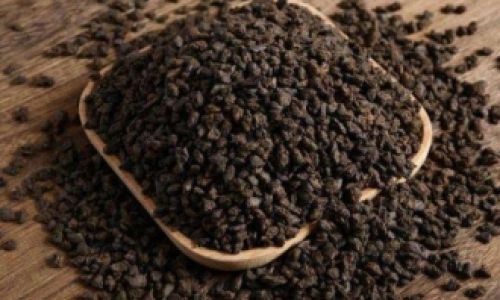
Tea Head
Tea heads are smaller and more irregular, with a rough, pebble-like texture. Their color varies from chestnut brown to reddish-black, depending on aging conditions. Unlike tea fossils, tea heads lack uniform compression, and their surfaces may have fissures or crystalline deposits from sugars caramelized during fermentation.
Taste and Aroma Profiles
Tea Fossil
The flavor of tea fossil is characterized by its depth and maturity. Initial infusions may release earthy, mineral notes, evolving into rich flavors of dark fruit, leather, and tobacco. The texture is thick and viscous, with a lingering sweetness reminiscent of aged red wine. A well-aged tea fossil often has a calming chen xiang (aged aroma), a term describing the tea’s ability to evoke forest floors or antique libraries.
Tea Head
Tea heads offer a contrasting experience. Their taste is sweeter and more approachable, with notes of honey, dates, and roasted grains. The texture is smoother, lacking the astringency of younger pu-erh teas. The aroma is often described as “woody” or “caramelized,” with a subtle hint of fermented plum. Unlike tea fossils, tea heads rarely develop sharp tannins, making them ideal for those new to aged pu-erh.
Aging Potential
Tea Fossil
Tea fossils are prized for their longevity. With proper storage, they can age for decades, continuously evolving in flavor. Each passing year mellows their profile, introducing new layers of complexity. Collectors often cellar tea fossils as investments, as rare specimens can appreciate significantly in value.
Tea Head
While tea heads also benefit from aging, their transformation is more gradual. After a decade or two, they reach a plateau of maturity, with flavors stabilizing. However, their smaller size and porous structure make them more susceptible to environmental fluctuations, requiring careful storage to prevent mold or off-flavors.
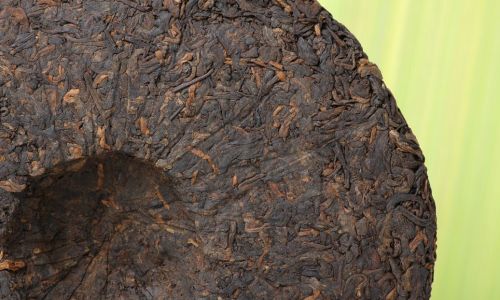
Cultural and Historical Significance
Tea Fossil
Tea fossils have deep roots in Chinese tea culture, with historical records tracing their consumption to the Ming Dynasty (1368–1644). They were originally used as tribute teas for emperors and nobility, symbolizing wealth and refinement. Today, tea fossils are associated with patience and tradition, embodying the idea that time enhances value.
Tea Head
Tea heads, by contrast, are a relatively modern invention, emerging with the commercialization of ripe pu-erh in the mid-20th century. Their discovery was serendipitous, as tea makers began experimenting with accelerated fermentation to meet global demand. While lacking the historical prestige of tea fossils, tea heads have gained popularity for their accessibility and unique flavor.
Health Benefits
Both tea fossils and tea heads share the health benefits attributed to pu-erh tea, such as aiding digestion, reducing cholesterol, and promoting weight loss. However, their extended aging processes may alter the concentration of certain compounds. Tea fossils, for instance, may have higher levels of statins—chemicals linked to cholesterol reduction—due to prolonged microbial activity. Tea heads, with their sweeter profile, might offer a gentler introduction to pu-erh’s digestive benefits.
Market Value and Rarity
Tea Fossil
Older tea fossils, particularly those from reputable factories or vintage years, command premium prices. A 50-year-old tea fossil can fetch thousands of dollars per kilogram, driven by scarcity and cultural reverence. Counterfeits are common, with unscrupulous vendors artificially aging teas using chemicals or heat to mimic natural aging.
Tea Head
Tea heads are generally more affordable, though rare vintage specimens can still be pricey. Their value lies in their uniqueness rather than age, with collectors seeking out unusually large or well-formed nuggets. However, the market for tea heads is less regulated, making due diligence essential for buyers.
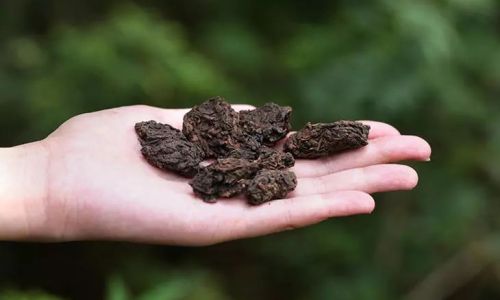
Brewing Techniques
Tea Fossil
Brewing tea fossil requires patience. Due to its density, it benefits from a quick rinse with hot water to awaken the leaves, followed by multiple short infusions. Water temperature should be around 95–100°C (203–212°F), with steeping times starting at 10 seconds and increasing gradually. The resulting liquor is dark amber, with a robust flavor that holds up to repeated steepings.
Tea Head
Tea heads are more forgiving to brew. A single nugget can be steeped multiple times, with each infusion releasing new layers of flavor. Starting with a 5-second rinse, subsequent steeps can last 15–30 seconds in near-boiling water. The liquor is typically reddish-brown, with a balance of sweetness and earthiness.
Collectibility and Storage
Tea Fossil
Collecting tea fossils involves careful consideration of provenance, age, and storage conditions. Ideal storage environments are clean, odor-free, and have 50–70% humidity. Some enthusiasts use porcelain jars or clay pots to regulate moisture, while others prefer natural cellars to mimic traditional aging.
Tea Head
Tea heads are often stored in paper bags or bamboo baskets to allow gradual oxidation. Avoid plastic containers, as they can trap moisture and cause mold. While less finicky than tea fossils, tea heads still require monitoring to prevent mustiness.
Conclusion
Tea fossil and tea head represent two distinct pathways in the world of pu-erh tea. The former embodies tradition, patience, and the transformative power of time, while the latter captures the serendipity of fermentation and the art of finding beauty in unexpected forms. Whether you prefer the deep, brooding complexity of a well-aged tea fossil or the approachable sweetness of a tea head, both offer a gateway to the endlessly fascinating universe of pu-erh. By understanding their differences, enthusiasts can navigate the market with confidence, savor each infusion, and appreciate the alchemy of tea aging—a testament to the interplay of nature, craft, and time.
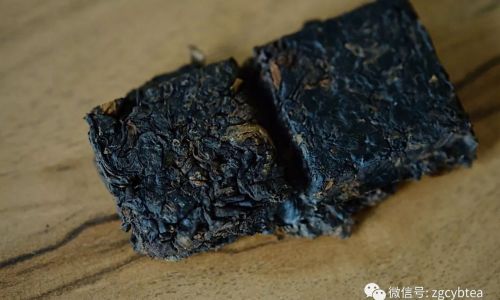
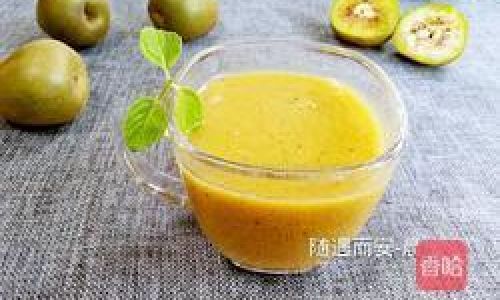
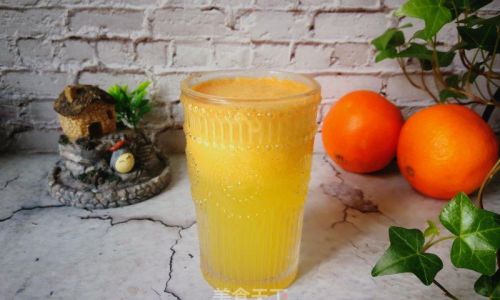
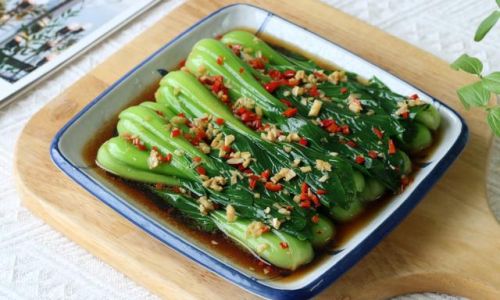
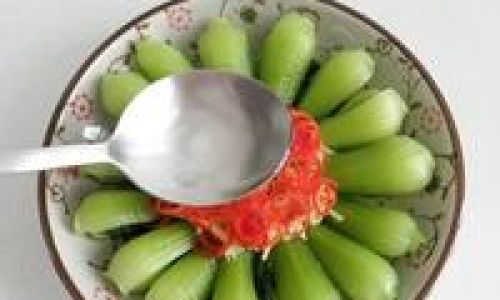
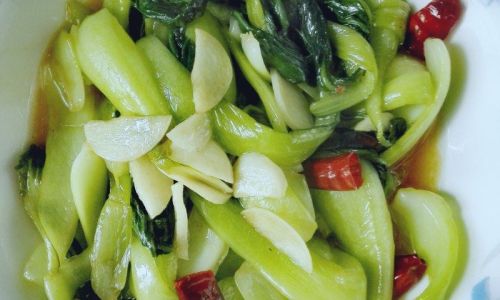
0 comments